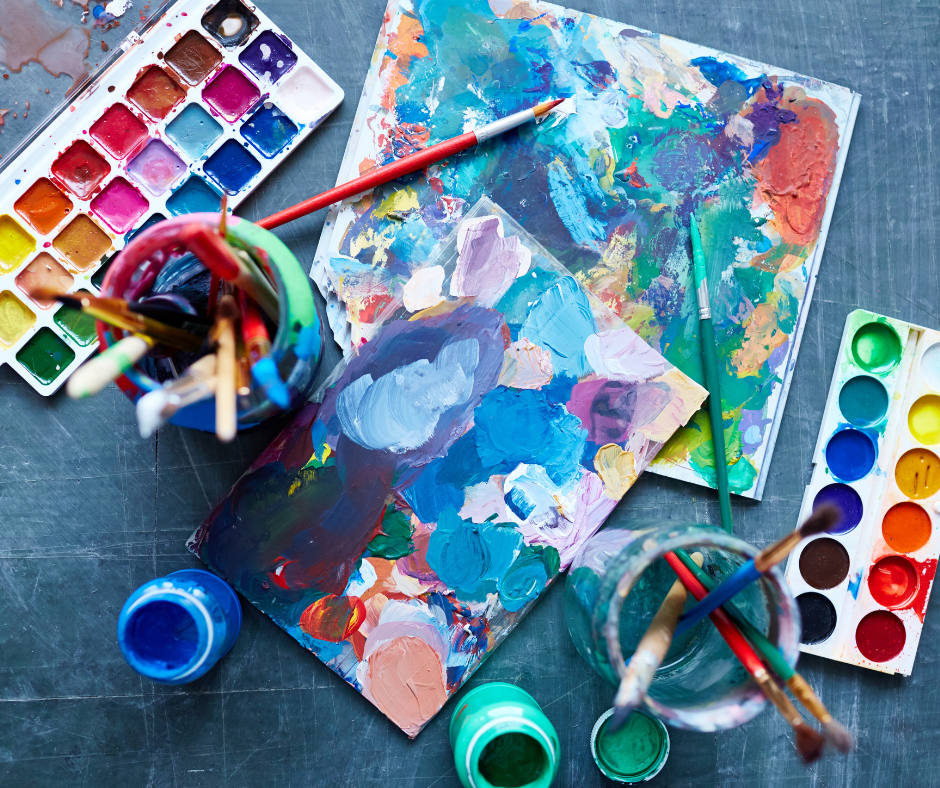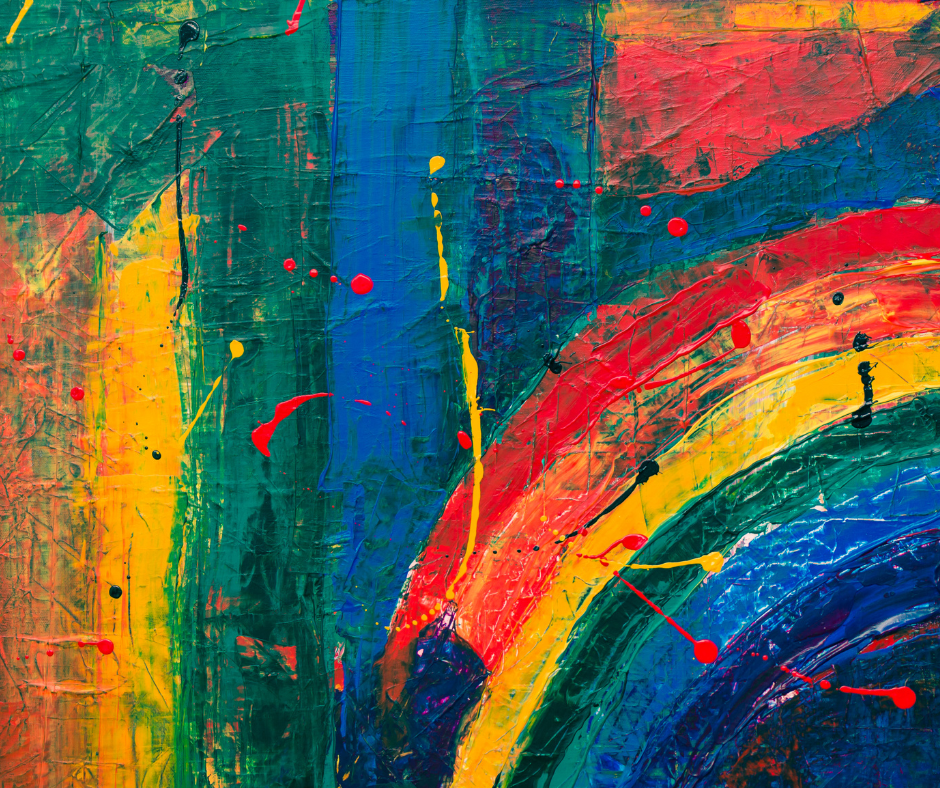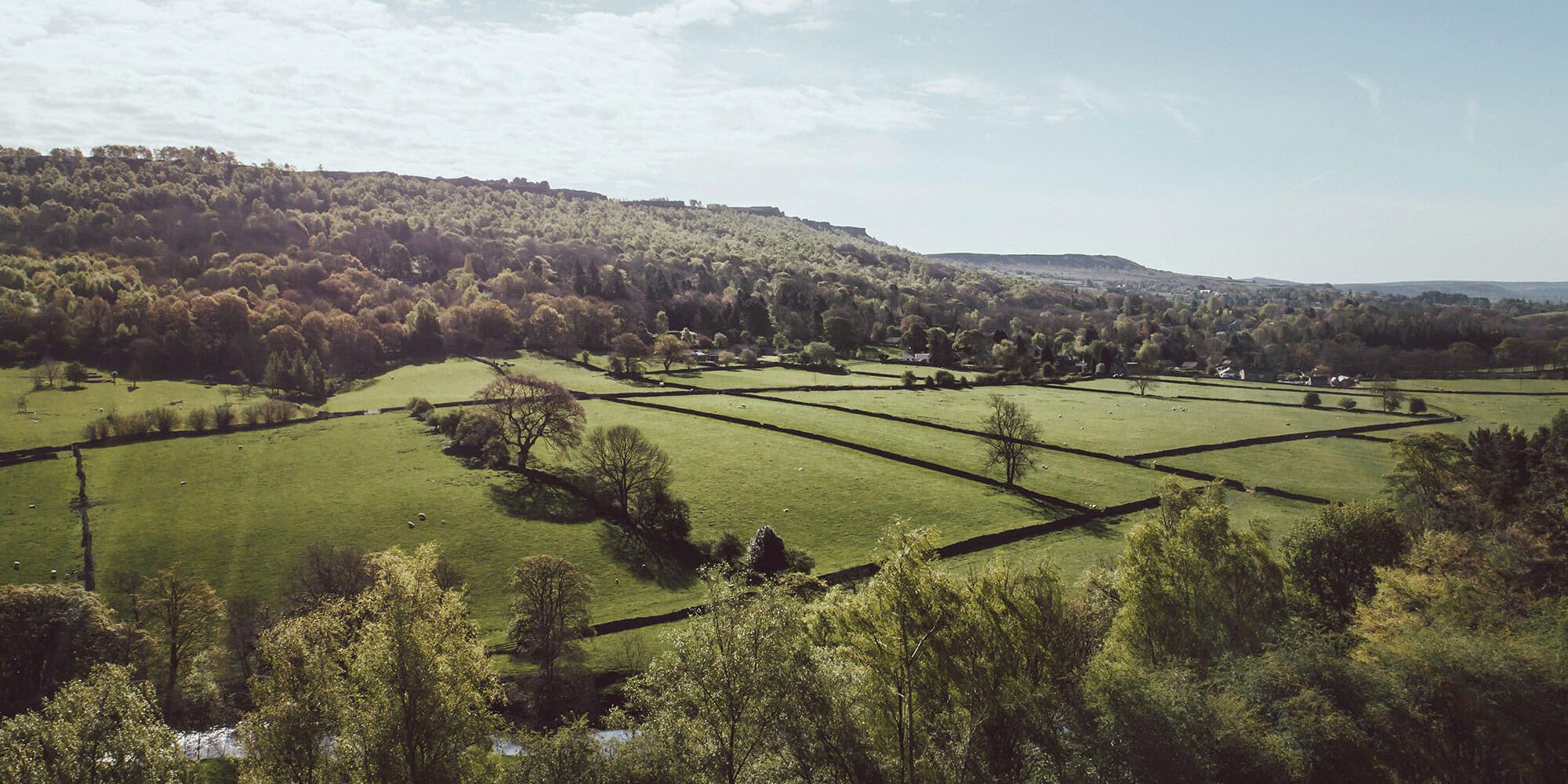Creative Psychotherapy
Go beyond words to process complex emotions, regulate your nervous system, and find empowerment in your healing.


What is Creative Psychotherapy?
Creative Psychotherapy is a therapeutic approach that integrates traditional talking therapy with creative expression—such as art, movement, music, writing, or drama—to help individuals explore and process their emotions, experiences, and inner world.
Unlike conventional therapy, which relies heavily on verbal communication, creative psychotherapy offers alternative pathways for expression, especially when words feel limiting or inaccessible. It’s particularly powerful for those navigating trauma, grief, anxiety, or complex emotional states.

How group Creative Psychotherapy works
Our creative psychotherapy groups offer a safe, playful, and open space where healing and exploration unfold through shared creativity.
Opening the Space
Each session begins with a gentle arrival—an opportunity to pause, reflect, and notice how we're feeling in the moment. This helps us settle into the space and connect with ourselves and each other.
Finding our Rhythm
Together, we discover the group's unique rhythm. Through movement, storytelling, art, and other expressive forms, we begin to explore our feelings and experiences in ways that words alone may not reach.
Creative Collaboration
We offer a creative activity which aids exploration of our internal world. This may be in small groups or individually.
Closing with Reflection
We end each session with a reflective check-out, acknowledging what we're holding, what's shifted, and what we're taking with us. This helps integrate the experience and supports emotional clarity. These sessions will link and support the work your have explored in your EMDR Group session.
Who can Benefit?
Creative Psychotherapy can be incredibly helpful when you are feeling stuck or overwhelmed with emotions as it offers helpful ways to process and express these feelings.

Ways of working in the group
Transformative healing in a supportive group setting
Non-verbal expression
Clients use creative tools—like drawing, painting, collage, or movement—to externalize thoughts and feelings that may be difficult to articulate.
Symbolic exploration
Imagery, metaphor, and sensory experiences often reveal subconscious patterns, offering insight and emotional release.
Integrated Reflection
The therapist helps the client reflect on their creations/experiences, linking them to personal narratives, emotions, and therapeutic goals.
Safe Space
Sessions are held in a non-judgmental, supportive environment where the focus is on the process—not artistic skill or outcomes.
Client Testimonials
Experiences from our compassionate community of healers
Begin your healing journey now
Take the first step towards emotional recovery and personal transformation with our upcoming Release & Renew Retreat

